Have you ever wondered if teaching your dog to be truly calm is easier—and more essential—than most pet owners realize? With anxiety and hyperactivity affecting so many pets, learning calm dog training methods isn’t just helpful; it’s transformative. This guide unpacks proven techniques to shift your dog's default behavior from anxious energy to lasting calmness, so both you and your dog can enjoy a more peaceful life—starting today.
Have You Wondered Why Calm Dog Training Methods Are the Secret to a Happy, Stress-Free Pet?
- Explore the benefits of calm dog training methods and how they rapidly transform anxious dogs into calm companions.
- Discover what makes these techniques so effective, and see why dog owners and trainers emphasize calm behavior above all.
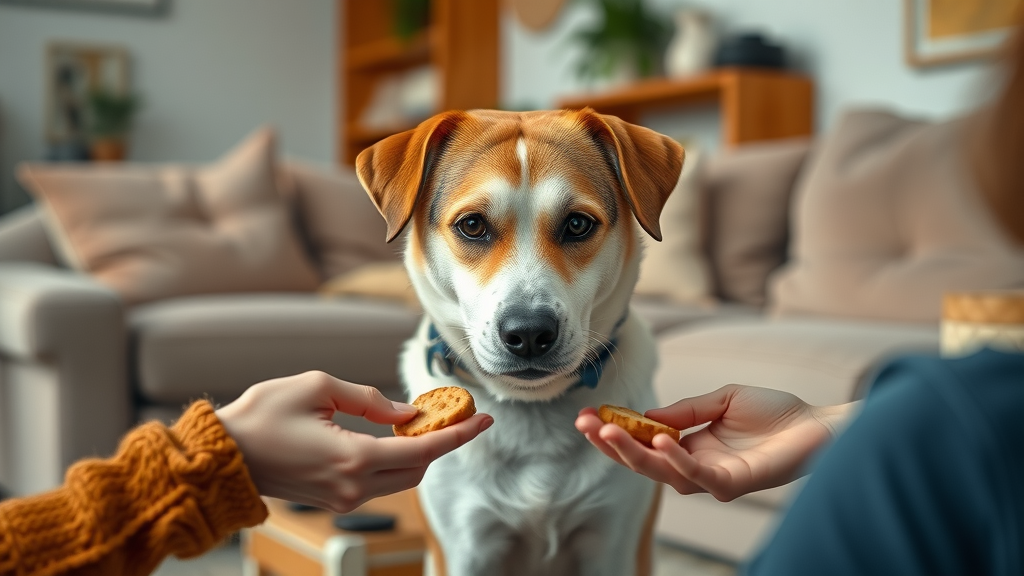
Understanding Calm Dog Training Methods: Building a Foundation for Calm Behavior
Defining Calm Behavior and Its Importance in Training Your Dog
Calm behavior in dogs isn’t just about the absence of excitement or misbehavior—it is the foundation for every desirable trait a dog can exhibit, from obedience to trust. In calm dog training methods, calmness is defined as the dog’s ability to remain relaxed, composed, and attentive in a variety of situations. Teaching your dog to be calm means helping them naturally default to a peaceful, relaxed state—even in the face of distractions or stressors. This not only helps your dog to be happy and less anxious, but also reinforces a strong, positive bond between you and your canine companion.
Why does calm behavior matter so much in dog training? When dogs learn to remain calm, their decision-making—such as when to bark, leap, or react—becomes easier to shape with positive reinforcement and gentle guidance. A dog who is able to maintain a relaxed state reduces the risk of behavioral issues like excessive barking, biting, or jumping on guests. Ultimately, both you and your pet benefit from easier, more joyful daily interactions.
How Calm Dog Training Methods Address Default Behavior and Anxious Triggers
Dogs are naturally wired to react to their environment, often making anxious behavior the default response when they encounter new people, noises, or situations. Calm dog training methods work by identifying those triggers and gently teaching your dog to remain calm instead. For example, if your dog gets excited every time the doorbell rings, you can use calm training to interrupt this default behavior and introduce a new, peace-oriented response. Over time, calmness becomes your dog’s natural “default behavior” when faced with what would previously cause anxiety or excitement.
By repeatedly practicing calm behaviors in response to common triggers, dogs learn through repetition, association, and reinforcement. This approach not only addresses specific anxious behaviors but also empowers your dog to feel secure and confident, even in new environments or situations that once led to agitation.
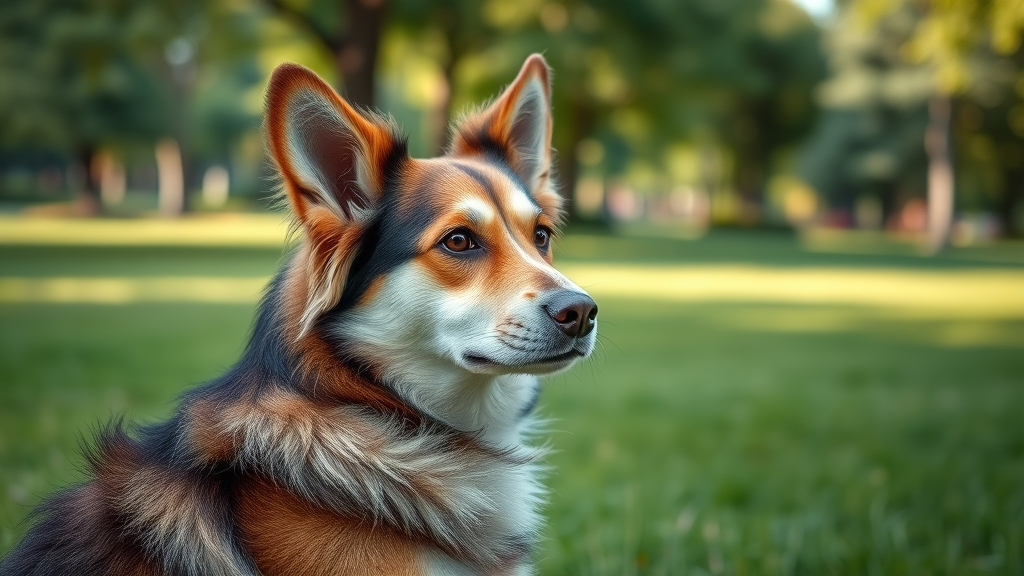
Why Training Your Dog to Be Calm Matters—Achievable Goals with the Right Approach
Setting Realistic Expectations: Can You Teach Your Dog to Become Calm?
Yes, training your dog to be calm is both possible and practical for almost any breed or age. Setting realistic expectations is key; while some dogs may become calmer within weeks, others—especially those with highly energetic natures or anxiety histories—need more time and dedication. The goal isn’t to suppress your dog’s personality but to guide their energy productively and ensure they can remain calm in everyday life. Every training program should be based on understanding your dog's unique temperament and learning pace.
Achieving calmness is less about eliminating all excitement and more about teaching a new set of choices using positive reinforcement. Step by step, these calm dog training methods help your dog to learn that calm behavior consistently earns them the most desirable outcomes, whether it's treats, affection, or access to play. This focus on sustainable calmness yields lasting results, making stressful outbursts or hyperactivity much less frequent as your dog's training progresses.
Benefits of Instilling Calm Behavior Early Through Positive Reinforcement
Positive reinforcement is at the heart of every effective calm dog training method. By rewarding your dog for staying calm in different settings—whether with treats, praise, or play—you’re showing them that tranquil, relaxed states are valued and rewarding. Training your dog with positive reinforcement from an early age helps shape habits that stick for life, preventing many common problems such as anxiety around strangers, leashing issues, or excessive barking.
The earlier you start reinforcing calm behavior, the easier it is for your dog to learn and generalize these new patterns. Puppies, for instance, soak up these lessons quickly, but even adult and senior dogs can learn to remain calm when the training is consistent and encouraging. Whether you're using a verbal cue like “relax” or practicing the settle command, early and positive intervention sets your dog up for lifelong calmness and increases overall happiness.
Core Calm Dog Training Methods: Step-by-Step Guide to Teaching Your Dog to Be Calm
Step 1: Assess Your Dog’s Anxiety and Recognize Triggers
Every dog has unique anxiety triggers —whether it’s strangers, household noises, other pets, or separation from their owner. The first step in any calm dog training program is to closely observe your dog in various environments. Watch for signs of stress: pacing, vocalizing, trembling, or avoiding eye contact. Take notes on what triggers each reaction. For example, does your dog start barking when the doorbell rings, or do they struggle to stay calm on walks through busy neighborhoods?
By identifying these stressors, you’ll be able to craft a customized training plan. Use tools like a baby gate to create a quiet training space, or schedule “calm sessions” during quieter times of the day. When you know what provokes anxious behavior, you’re empowered to help your dog learn calmer responses through targeted exercises, such as teaching your dog to sit, lie down, or relax on cue whenever a trigger appears.
Step 2: Positive Reinforcement Techniques to Train Your Dog and Reinforce Calm Behavior
Calm dog training methods rely heavily on positive reinforcement . This means consistently rewarding your dog for displaying calm behavior—especially when faced with familiar triggers. Start with simple exercises: When your dog responds to a verbal cue or settles quietly, immediately offer a reward, such as a favorite treat or words of encouragement (“Good calm!”). Utilizing a click and treat system can further reinforce the desired behavior, making it clear to your dog which actions lead to positive outcomes.
Over time, increase the amount of time your dog is expected to remain calm before giving the reward. For example, ask your dog to sit and remain calm in the presence of distractions. If the dog remains calm, give your dog a treat. This progression helps build their impulse control and confidence. On the other hand, if your dog begins to get excited or anxious, calmly redirect their attention or simply ignore the behavior to avoid reinforcing it.

Step 3: The Power of Routine—How Consistency Helps Teach Your Dog to Remain Calm
Routine and consistency are essential for teaching dogs to relax and maintain calm behavior. Dogs thrive when they can predict what comes next, so regular training sessions, consistent responses to behavior, and scheduled feeding and exercise times all create security and reinforce calmness. For example, practicing the “relax on cue” exercise every morning and evening helps signal to your dog that calm behavior is expected, no matter the situation.
Make sure your dog understands what is expected by using the same verbal cues and rewarding calmness every single time. Over days and weeks, your dog will start to generalize these behaviors, learning to be calm in more challenging or unpredictable situations. If your dog struggles, shorten the session or reduce the number of distractions, then gradually increase the challenge as their calm behavior improves.
Step 4: Patience and Impulse Control: Nurturing Your Dog to Settle and Stay Calm
Developing a calm, well-mannered dog takes patience and a strong focus on impulse control . Exercises like the “wait” command, or asking your dog to settle and stay calm before receiving a favorite toy, meal, or treat, help build their ability to delay gratification and self-regulate. It’s important to keep training sessions short and end on a positive note, especially if your dog is new to impulse control exercises.
Don’t be discouraged if your dog takes time to master these skills. Some dogs may only stay calm for a few seconds at first, but with practice, those moments will stretch into longer periods. Always reward even the smallest signs of progress, such as a dog who sits quietly when the door opens or who waits patiently for your signal before running to greet a guest. Over time, your dog will learn that calmness is consistently the desired behavior, leading to a more relaxed state at home and in public.
Practical Examples: Teaching Your Dog to Relax Using Calm Dog Training Methods
Sample Training Scenarios: Training Your Dog in Real-Life Settings
Applying calm dog training methods in real-life scenarios is crucial for success. For instance, during busy family gatherings in the kitchen, use a baby gate to establish a safe “relax zone” for your dog. Provide a comfy bed and reward your dog for choosing this spot and remaining calm, despite surrounding activity. Similarly, at a dog park, reinforce calm interactions by rewarding your dog each time it chooses to sit or lie quietly while other dogs play.
Another everyday scenario involves walks: If your dog gets overstimulated by other animals or noises, practice the “sit” and “stay calm” cues using positive reinforcement away from distractions first, then slowly add more environmental challenges. Regular practice in different environments—indoors, outdoors, during quiet times, and moments of excitement—ensures your dog learns to relax on cue anywhere.

The 1/2/3 Game for Dogs: Fun Techniques to Encourage Calm Behavior
The 1/2/3 Game is a simple, fun way to help your dog practice impulse control and calmness. Here’s how it works: Begin by quietly counting aloud (“one… two… three”) as your dog waits calmly beside you. If your dog starts to move or becomes excited, pause, and wait for calmness before restarting. When your dog is able to remain calm throughout the count, reward with a treat or gentle praise.
Over time, you can extend the count or increase distractions. This playful exercise not only teaches your dog to remain calm on command but also helps them generalize the behavior to other situations—like waiting at the door or relaxing during vet visits. Consistency, patience, and positive energy are key to making the 1/2/3 Game enjoyable and effective as a calming tool.
| Method | Approach | Outcomes | Dog Well-being |
|---|---|---|---|
| Positive Reinforcement | Reward calm behaviors; ignore or redirect unwanted actions | Builds trust, increases confidence, encourages calmness | Lower anxiety, stronger bond, better impulse control |
| Correction-Based | Use of reprimands or aversive methods for undesirable behavior | May suppress some behaviors but often increases anxiety or confusion | Risk of stress, fear, damaged relationship |
“A calm dog is not just an obedient companion – it’s a happier, healthier one.” – Expert Trainer
Physical Exercise and Its Role in Calm Dog Training Methods
The Link Between Physical Exercise, Impulse Control, and Calm Behavior
Adequate physical exercise is a game-changer for calm dog training methods. Dogs who lack sufficient opportunities to burn energy are far more likely to struggle with restlessness, anxiety, and impulse control. Regular walks, play sessions, and enrichment activities like interactive toys or scent games not only satisfy your dog’s instinctual needs but also help them relax on cue during training. A physically tired dog is better able to focus and learn, turning training sessions into positive, productive experiences.
When you integrate physical exercise into your daily routine, you set the stage for not only a healthier pet but one who is mentally balanced and emotionally settled. Use walks to reinforce calm leash manners and add brief “sit and stay calm” exercises during your strolls, rewarding your dog for maintaining composure even in stimulating environments. The more consistently you align exercise with calm training, the more effective your results will be.
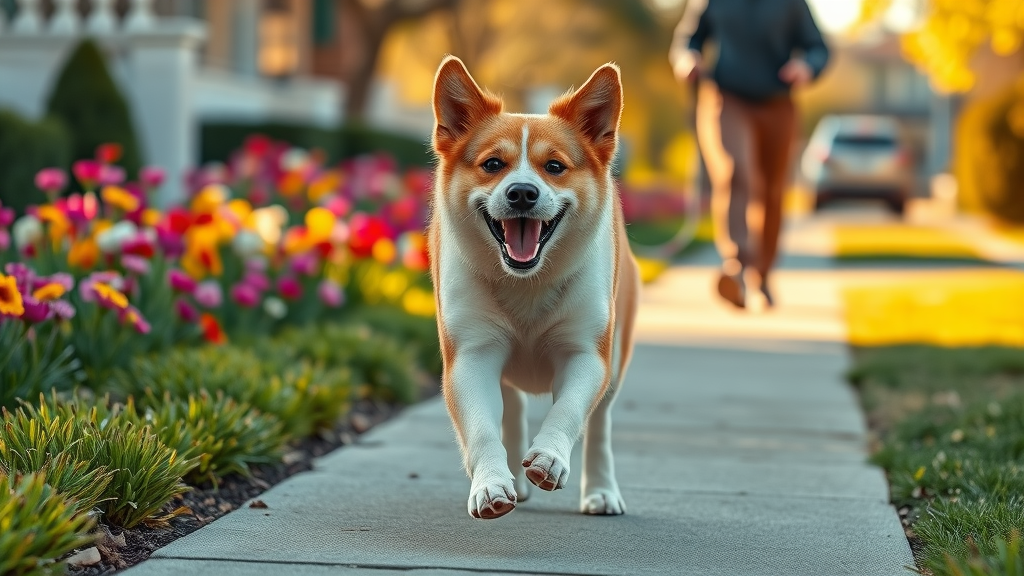
Creating Tailored Exercise Routines When Training Your Dog to Relax
Not all dogs need the same type or amount of exercise, so customizing routines is essential when you train your dog to relax . For high-energy breeds, multiple long walks and vigorous playtimes may be necessary, while seniors or less active dogs might thrive with shorter strolls and gentle games. Monitor your pet’s energy levels and adjust your approach to balance physical exertion with periods of relaxation and training.
Incorporate training games, obstacle courses, or regular dog park visits to help your dog burn off excess energy before practicing calm commands. Even a few minutes of focused activity—such as practicing the “sit” or “settle” command during walks—can prime your dog to respond more calmly throughout the day. If you notice your dog still struggles to relax, consult with a trainer to identify exercise and activity combos that best suit your pet's needs.
Video Tutorial: Calm Dog Training Methods Demonstrated
Watch: Real-Life Calm Behavior Training for Dogs (Video 1)
Dive into a hands-on demonstration of calm dog training methods in action. See how expert trainers guide real dogs through foundational exercises, addressing default behavior and teaching each dog to remain calm through step-by-step routines. This video provides visual clarity on applying the methods outlined in this guide, perfect for both new and experienced pet owners looking to enhance their dog’s calm behavior.
Overcoming Challenges: Teaching Your Dog to Be Calm During Difficult Situations
Addressing Common Obstacles When You Train Your Dog
No calm dog training journey is without its hurdles. Common obstacles include hyperactivity when guests arrive, reactivity on walks, or persistent barking at neighbors. To address these, revisit your baseline training: reinstate baby gates or leashing protocols to limit stimulation, reinforce your dog’s calm cues, and reward progress often. If your dog regresses or “forgets” previously learned behavior, don’t be discouraged—simply return to practicing basics in quiet settings and slowly reintroduce distractions as your pet progresses.
Problem-solving is an integral part of dog training. If you notice new triggers or unusual behaviors, take time to observe your dog in different contexts. This helps, for example, if your dog starts acting out in a new environment or after a change in your household routine. Staying observant and flexible lets you update your training sessions and environment to make sure your dog learns to stay calm, rather than becoming anxious or fearful in challenging situations.
Effective Solutions: Strategies for Persistent Anxiety and Excitement
Dogs with persistent anxiety or difficulty controlling excitement can benefit from specific strategies. Start with extra-short, frequent training sessions focused solely on rewarding calmness. Use calming aids—like soothing music, dog-appeasing pheromone diffusers, or a comfortable crate retreat—alongside calm training drills. For difficult cases, professional help from a certified dog trainer or veterinary behaviorist may be the best solution; these experts can craft a plan that includes positive training, desensitization, and possibly additional therapies.
Remember: every dog is unique. If one approach doesn’t yield results, keep experimenting with timing, environment, or reward types until you discover what best encourages your dog’s relaxed state. Your gentle guidance and empathy, coupled with proven calm dog training methods, make all the difference in guiding your dog toward lasting calmness.
“It’s not about forcing your dog to be calm, but guiding them towards calmness with empathy and understanding.”
Video Tutorial: The 1/2/3 Game in Action for Teaching Dogs Calm Behavior
See Step-by-Step: Playing the 1/2/3 Game (Video 2)
Watch as trainers demonstrate the 1/2/3 Game, guiding energetic and anxious dogs to master impulse control through playful, incremental steps. This video offers clear examples of how to introduce and reinforce calmness in your dog using nothing more than patience, positive reinforcement, and a bit of creativity.
Adapting Calm Dog Training Methods for Different Ages and Breeds
When Do Dogs Finally Calm Down? Understanding Breed and Age Influences
Age and breed play major roles in a dog’s ability to remain calm . Many dogs begin to mellow out between 2–4 years of age, but this timeline varies. High-energy breeds or working dogs—such as Border Collies or Belgian Malinois—may take longer to relax compared to more laid-back breeds. Likewise, puppies naturally have more boundless energy, but with consistent calm training, you’ll see steady progress toward calmer default behavior over time.
Understanding your dog’s individual needs is crucial for success. Some breeds require more rigorous physical exercise to reach a relaxed state, while others might only need short, regular walks. Track your dog’s growth and tailor calm training sessions to their unique personality and age-related needs for the best long-term outcomes.

Customizing Calm Dog Training Methods for Puppies, Adults, and Seniors
The best calm dog training methods are adjusted to match the dog’s life stage. For puppies, keep sessions short and filled with fun positive reinforcement. Use click and treat games and reward your puppy for each moment of calmness, gradually increasing the length of time as your puppy matures. For adults, combine regular, varied routines with ongoing training that integrates new environments and more complex impulse control tasks.
Senior dogs might be slower to respond to cues and need more rest, but consistent, gentle training can help reinforce calm behavior in their golden years. Tailor exercises to your dog’s physical abilities and always end sessions with praise and encouragement, promoting confidence and calmness at every stage of life.
Frequently Asked: People Also Ask about Calm Dog Training Methods
What is the best way to train your dog to be calm?
Answer: Positive reinforcement, consistent routines, and understanding your dog’s unique triggers are the most effective calm dog training methods. Start with basic training exercises and gradually introduce calm behaviors through rewards and patience.
What is the 1/2/3 game for dogs?
Answer: The 1/2/3 game is a simple impulse control exercise where you reward your dog for remaining calm as you count aloud, helping to teach relaxation and focus.
At what age do dogs finally calm down?
Answer: Most dogs begin to show increased calmness between 2-4 years of age, but this varies dramatically depending on breed, personality, and training consistency.
What is the hardest command to teach a dog?
Answer: The ‘settle’ or ‘calm’ command is often the hardest for many dogs, especially those with high energy or anxiety, making calm dog training methods essential.

Expert Tips and Trouble-Shooting: Making Calm Dog Training Methods Work for You
- Use short, consistent sessions to keep your dog interested
- Incorporate physical exercise before training sessions
- Practice regularly in various environments to generalize calm behavior
- Reward even small progress to build your dog’s confidence
- Seek professional help if anxiety persists

Video Demonstration: Troubleshooting Common Calm Dog Training Issues
Watch Practical Solutions: Overcoming Setbacks in Calm Dog Training (Video 3)
Explore real-life problem-solving with expert trainers as they address the most frequent hurdles dog owners face. See how to adjust your approach in the moment, guiding even the most excitable or anxious dogs back onto the path of calmness with clear, actionable solutions.
Frequently Asked Questions about Calm Dog Training Methods
How long does it take to see results with calm dog training methods?
Answer: Most owners see notable improvement within 2–4 weeks of consistent calm dog training methods. The timeline depends on your dog’s temperament, history, and how regularly you train.
Can all dogs benefit from calm dog training methods?
Answer: Yes, every dog can benefit, though certain breeds may require tailored techniques or additional time.
Key Takeaways: Why Calm Dog Training Methods Make All the Difference
- Calm dog training methods foster trust and confidence
- Training your dog to be calm leads to less anxiety, fewer behavioral issues, and a stronger bond
- Patience, consistency, and positive reinforcement are essential for lasting results
Ready to Transform Your Dog’s Behavior? Start Using Calm Dog Training Methods Today
- Apply calm dog training methods to help your pet achieve lasting calmness and well-being. Begin your training journey now for a happier, healthier relationship.
To further enhance your understanding of calm dog training methods, consider exploring the following resources:
-
“How Science is Revolutionizing the World of Dog Training” : This article delves into the shift from dominance-based techniques to positive reinforcement, highlighting how science supports these modern methods. ( time.com )
-
“Tips for Training Your Dog to Stay Calm – Effective Strategies for a Relaxed Pet” : This guide offers practical advice on establishing routines and providing adequate exercise to promote calm behavior in dogs. ( hiddenbrookveterinary.com )
If you’re committed to fostering a serene and stress-free environment for your canine companion, these resources provide valuable insights and actionable strategies to achieve that goal.
 Add Row
Add Row  Add
Add 


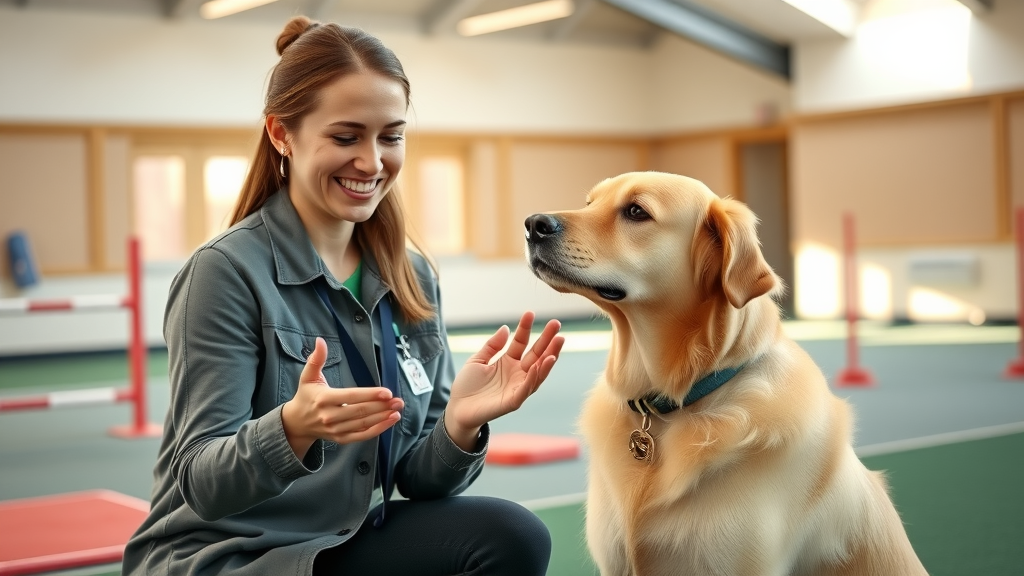
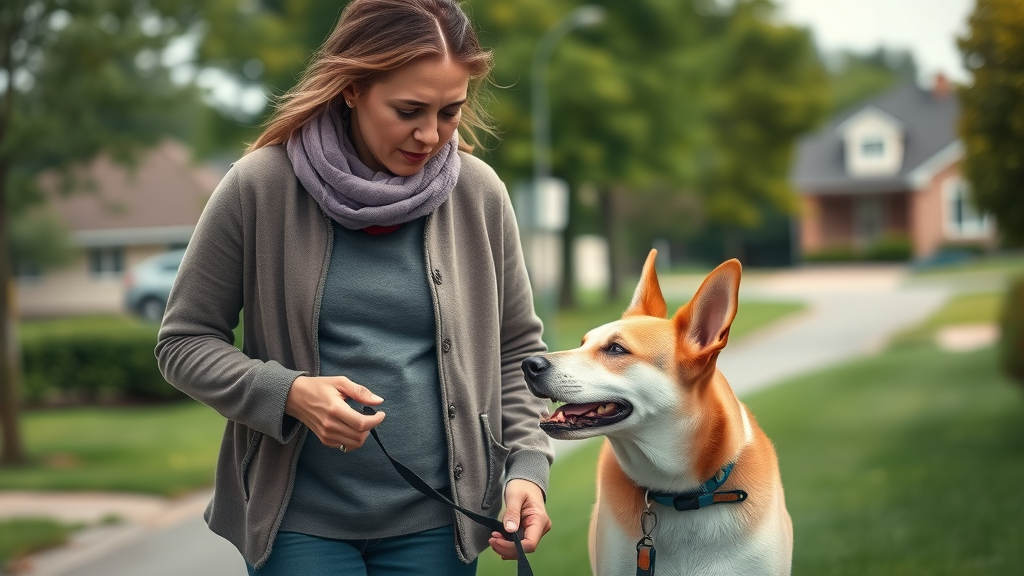
Write A Comment